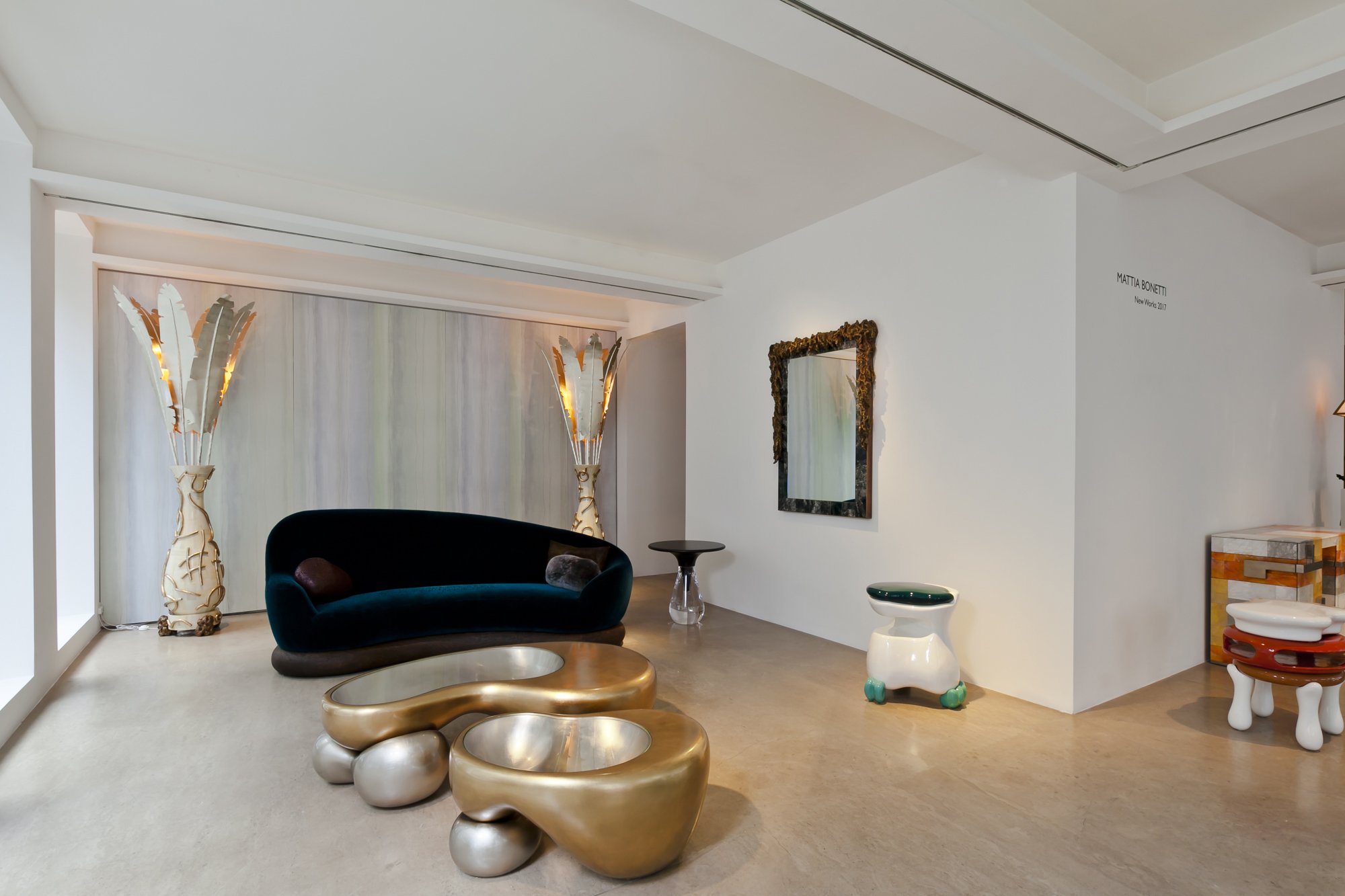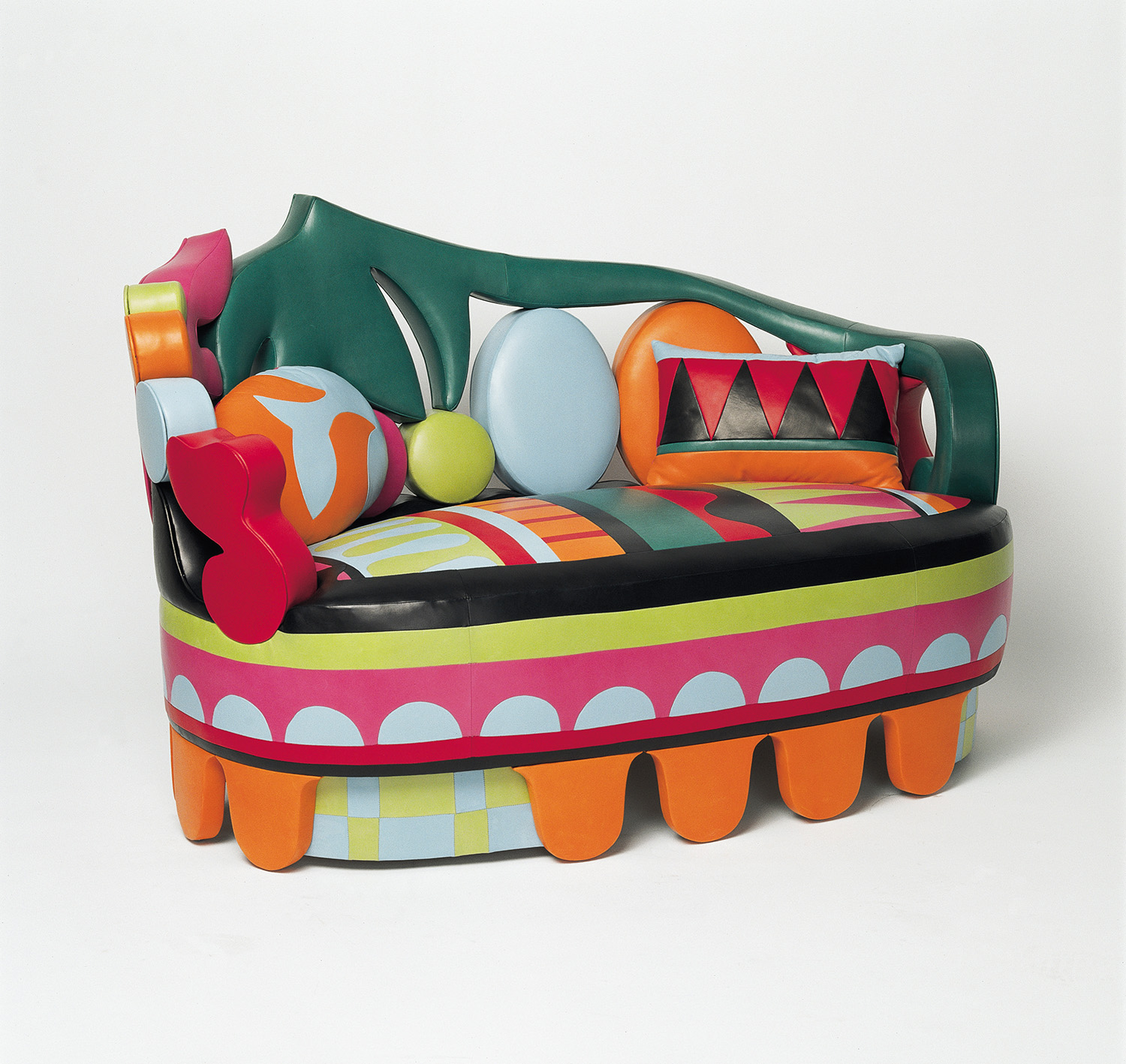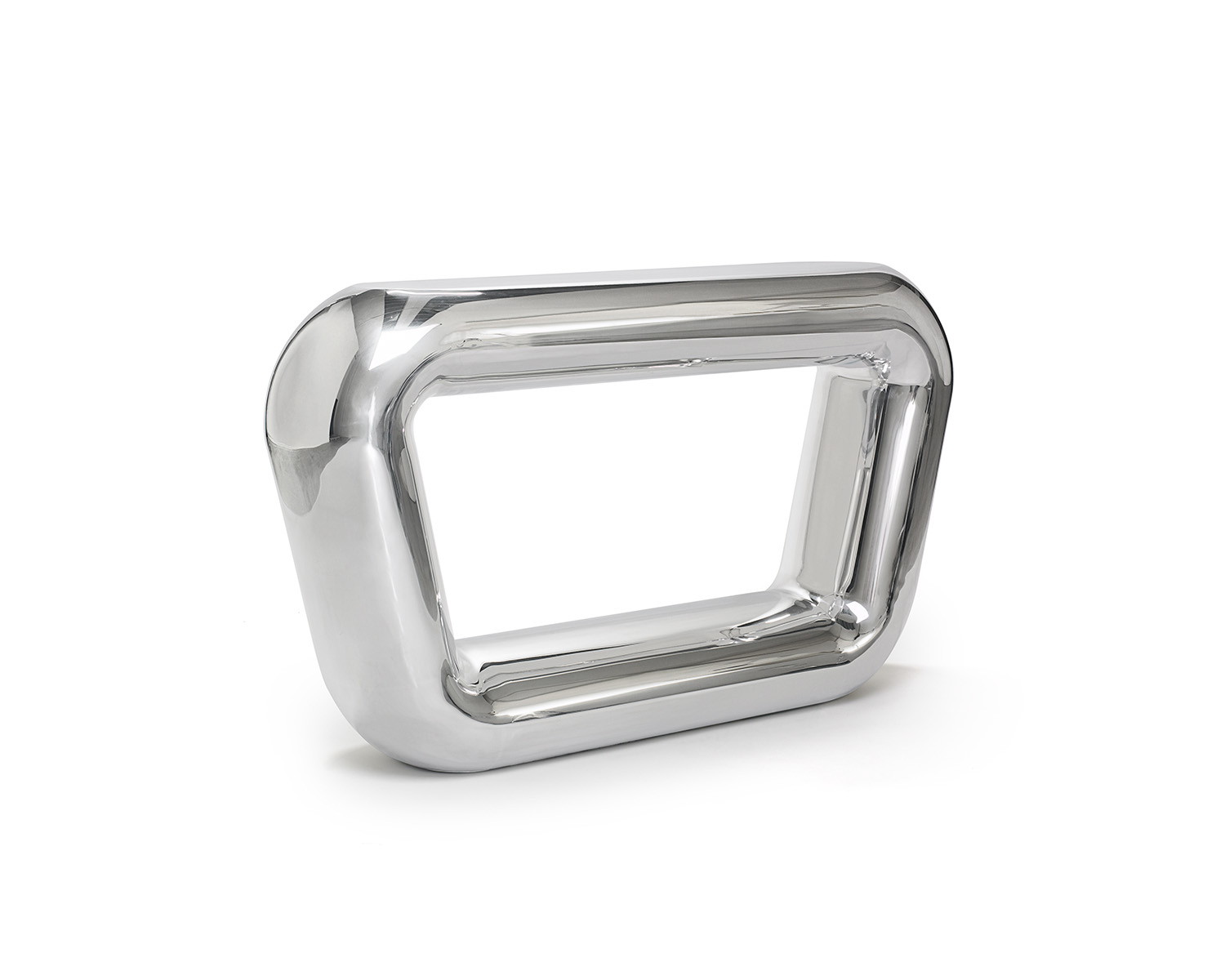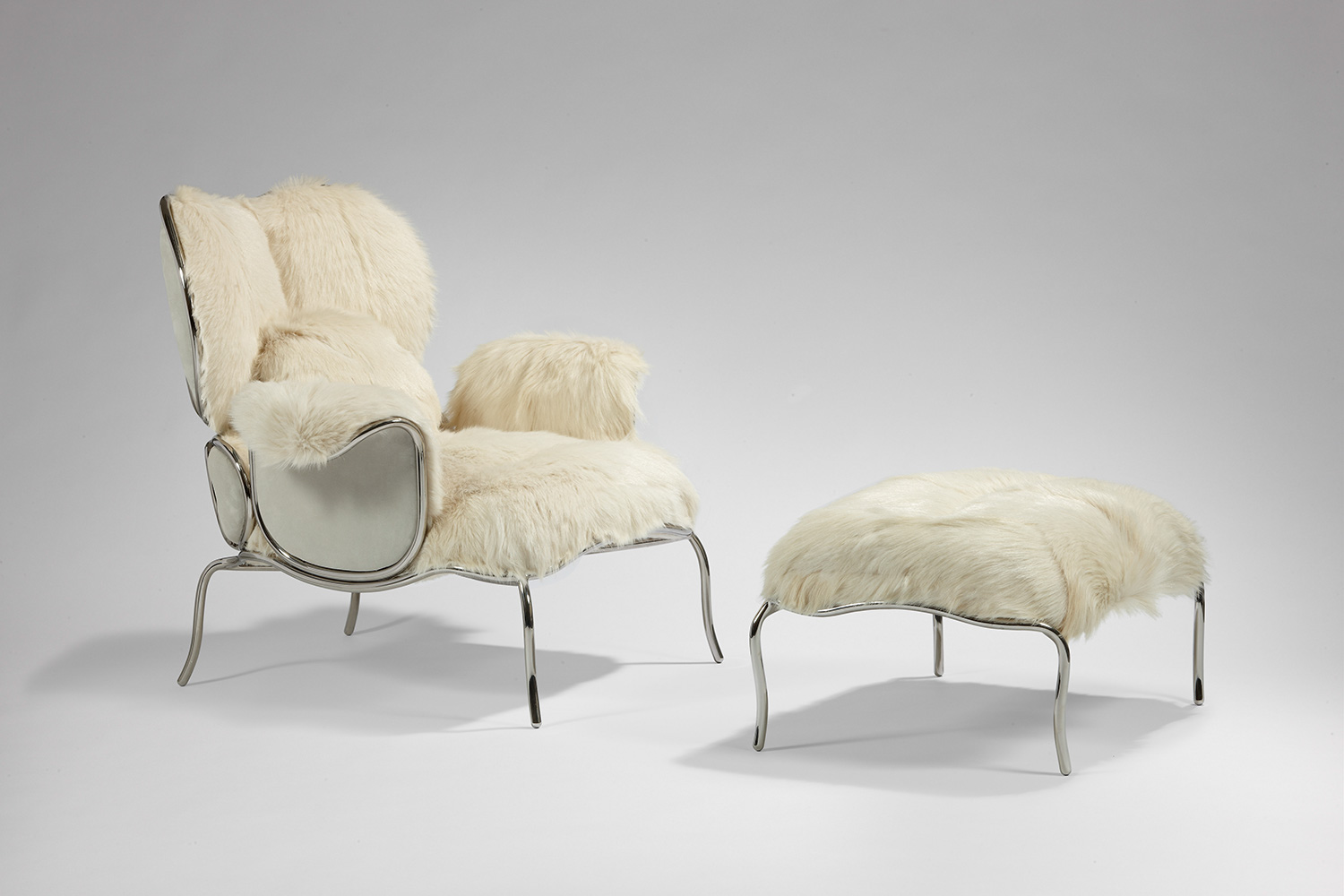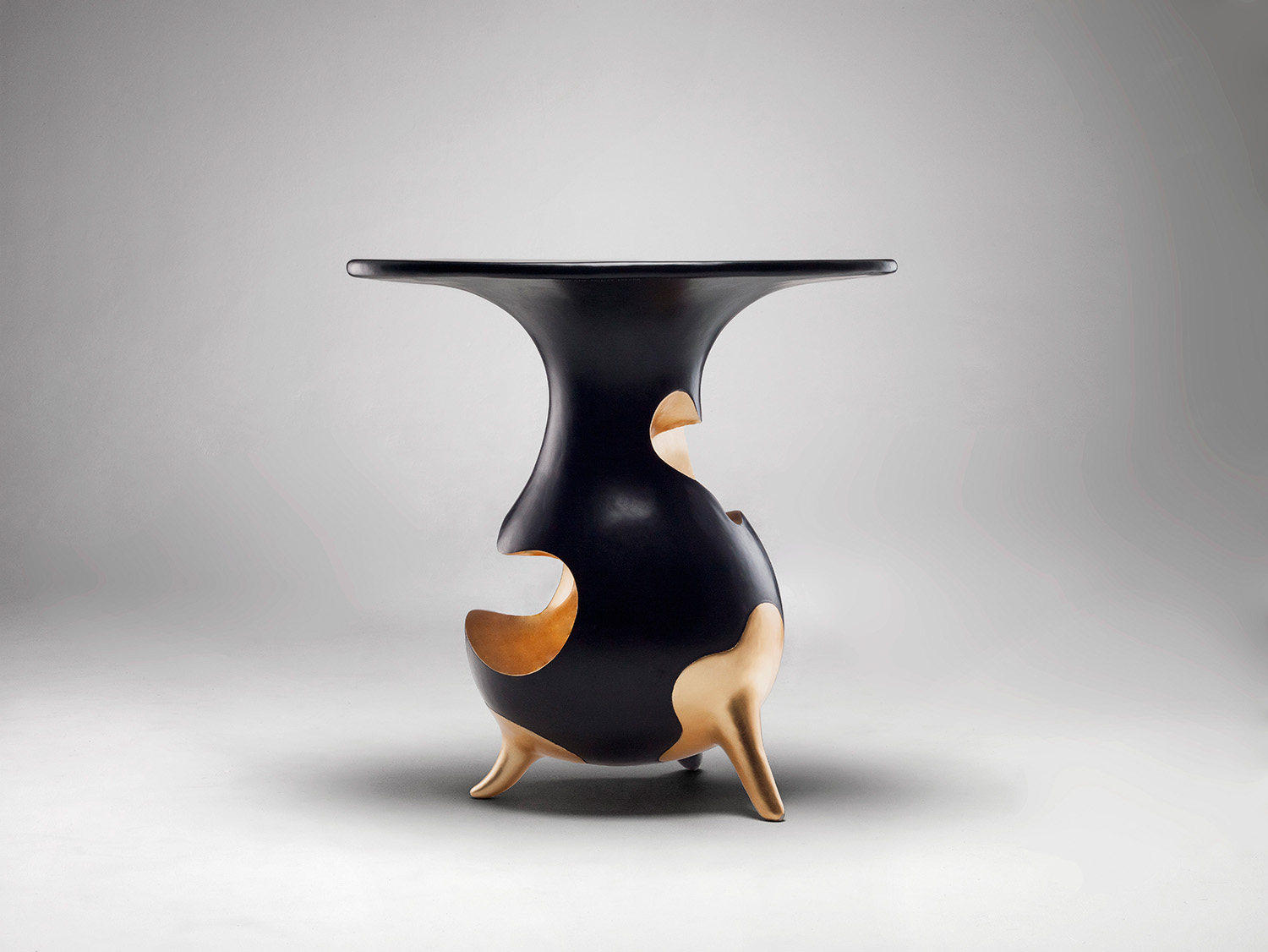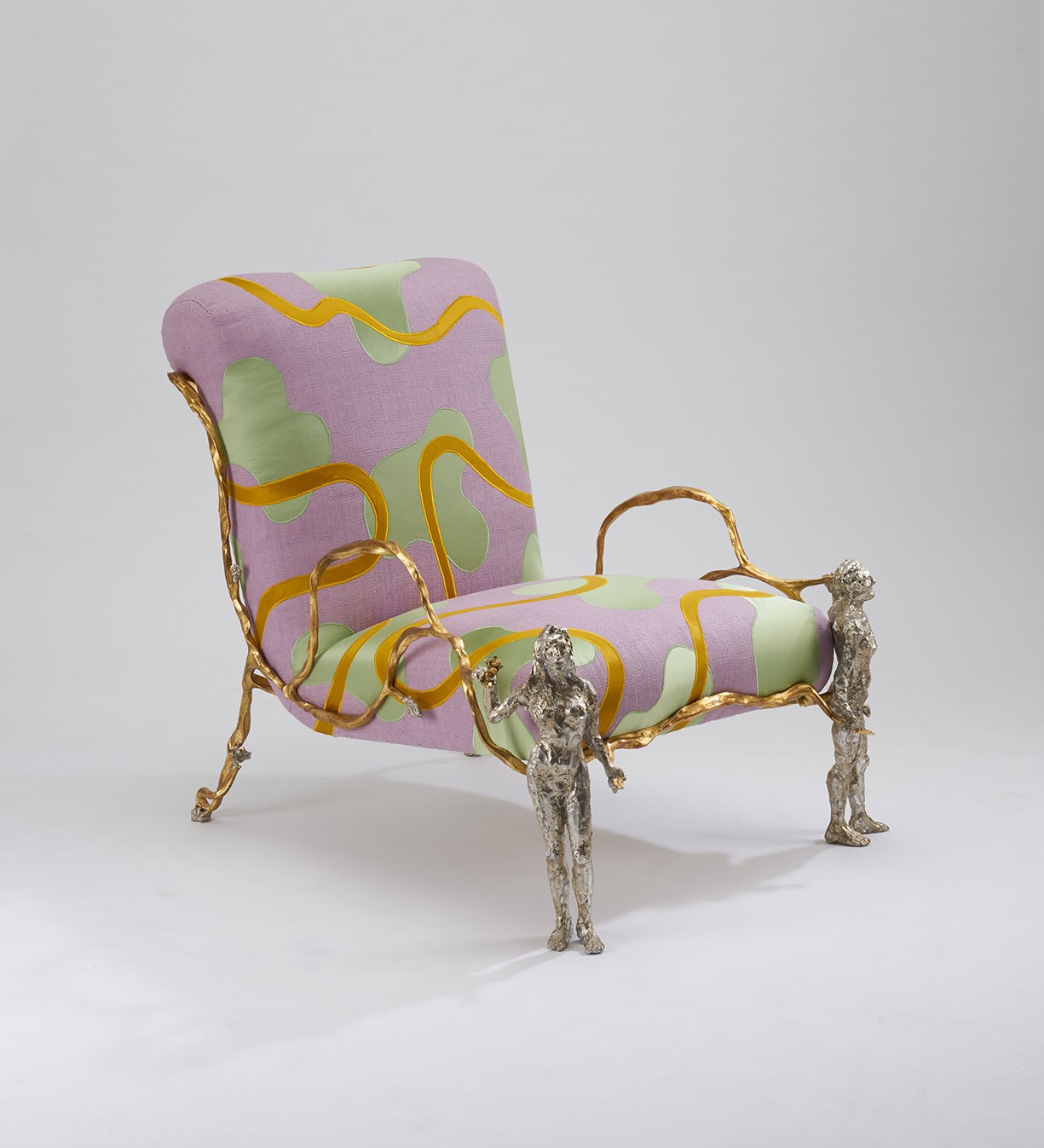MATTIA BONETTI
‘‘Mattia Bonetti’s artistic creativity is limitless. He has the skill and the imagination to create a range of artistic worlds; from the most meticulous and exact, to the most bizarre and outlandish, his works are always so diverse and yet always retain an element of his own distinctive style.’’ Jacques Granges, Interior Designer.
Mattia Bonetti (born 1952) is a Paris-based artist and designer. His work has been called whimsical, surreal and unique. Consistently merging the boundaries between art and design, Bonetti, who was born in Lugano, Switzerland, initially studied textile design at the Centro Scolastico per l’Industria Artistica. Moving to Paris in 1972, Bonetti initially worked within his chosen field of textile design, but then developed a career as a stylist and photographer. Working in black and white film, Bonetti would shoot miniature interiors that he had made by hand, which in turn led to his love of furniture. Bonetti’s work has always begun with a free-hand sketch, which is then fabricated in materials including patinated bronze, gilding, acrylic, wood, rock crystal, marble, glass and gemstones.
In the 1970s Bonetti met the designer Elizabeth Garouste, and their partnership began with the interior décor of the famous Parisian nightclub Le Palace and restaurant Le Privilege. Employing a neo-Baroque language, blended with prehistoric and primitive touches, Bonetti’s terracotta masks were labelled “Barbarian design.” The pair set the pace for cutting edge Parisian design, creating a unique and inventive neo-Baroque language that was to become synonymous with themost sophisticated continental contemporary interior and furniture design.
In 1987 Garouste and Bonetti began work with Christian Lacroix on his couture house interior. Employing cushions and curtains in ochre with rococo swishes of black, French 18th Century chairs were upholstered in electric blue, lilac, orange and raspberry. Hot-red consoles were given branches for legs and stools were designed to look like tree stumps. Indeed, nature has never been far from the work of Mattia Bonetti, wherever his imagination and his materials might take him.
Following the re-design of Picasso’s Chateau de Boisgeloup in Paris for the artist’s grandson, Princess Gloria von Thurn und Taxis invited Mattia to re-design the private apartments of the Palace of St Emmeram in Germany. “I always wanted contemporary design to sit alongside contemporary art.” In 1988 Garouste and Bonetti first began to work with David Gill who had recently opened his eponymous gallery in London’s Fulham Road. Drawn to the pair’s use of luxurious and innovative materials and imaginative shapes, it is a relationship that has continued for thirty years.
In 2014 David Gill Gallery showed new work by Bonetti including tables, upholstery, lighting and accessories – now iconic themes such as Grotto, Atlantis and Bubblegum appeared in materials such as patinated bronze, marble, gilded rock crystal and glass. In June 2015 David Gill Gallery hosted the UK launch of a Two Volume book on Bonetti’s career and work by Jacqueline du Pasquier and Jean Jacques Wattel published by Editions Louvres Victoire.
Consistently working with many of the same craftsmen and ateliers since the beginning of his career, Bonetti’s work exploits the most luxurious of materials but also pushes technological boundaries, using the most contemporary skills available including 3D printing, modern acrylics and robotics. Every Mattia Bonetti piece comes entirely from his personality - he does not follow trends and or styles or even collections, he continues to create individual pieces that continue to blend the fantastical with the imaginative, the inventive with the artistic. A true trailblazer for contemporary avant-garde design.
The work of Mattia Bonetti is included in numerous public collections, including the Centre Pompidou in Paris, the Cooper-Hewitt National Design Museum in New York, the Musée des Arts Décoratifs in Paris and the Victoria & Albert Museum in London.



